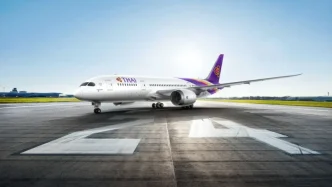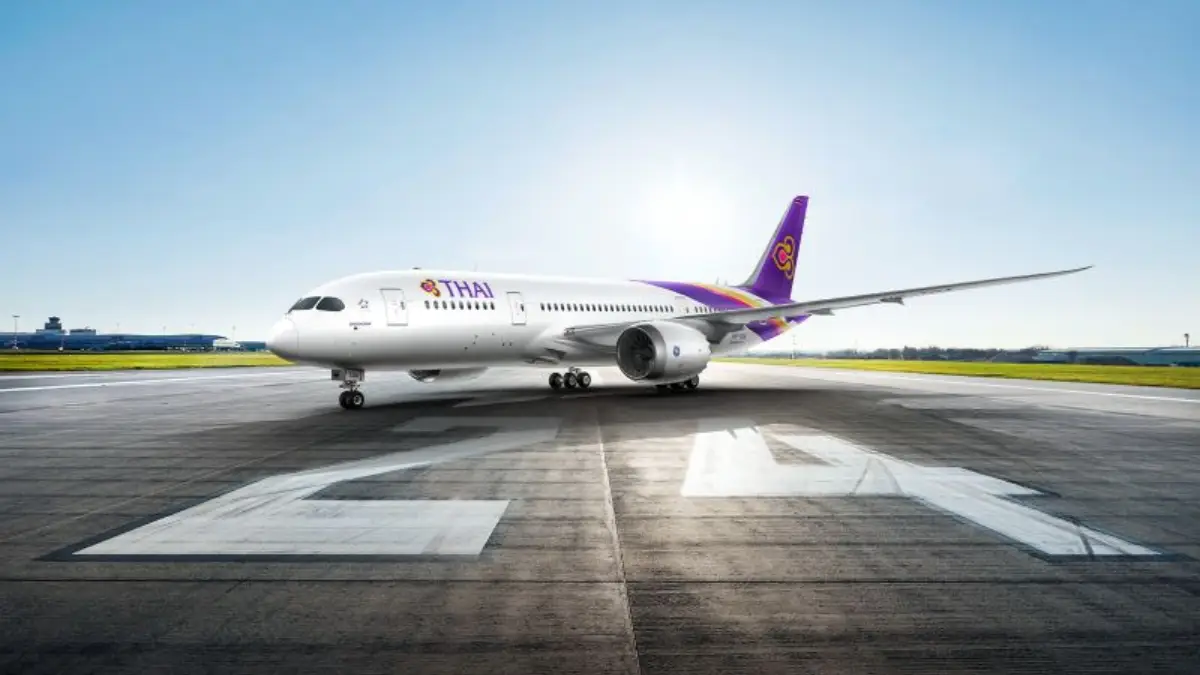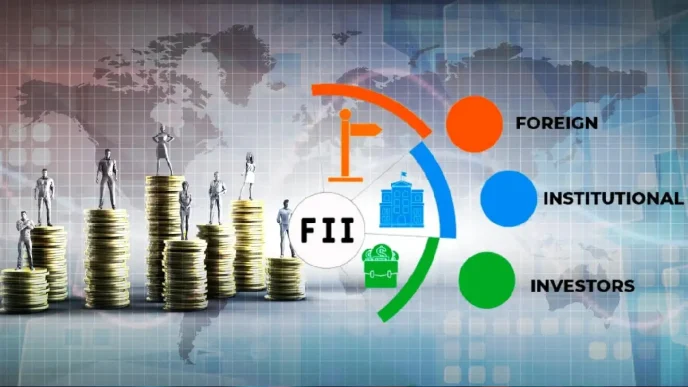In a striking example of corporate revival, Thai Airways International (THAI) has emerged from years of financial turmoil to become a beacon of hope for Thailand’s struggling state-owned enterprises. According to the Thailand Development Research Institute (TDRI), a prominent think tank, the airline’s turnaround offers a compelling blueprint for reforming other public sector entities. At the heart of this success lies a critical shift: the Thai government’s decision to reduce its majority stake, paving the way for professional management and operational autonomy. As Thailand grapples with inefficiencies across its state enterprises, THAI’s story raises a pivotal question—can a hands-off approach unlock the potential of other national institutions?
From Crisis to Recovery: Unpacking Thai Airways’ Struggles
Thai Airways’ troubles long predated the global upheaval caused by the COVID-19 pandemic. For decades, the airline, once a symbol of national pride, was mired in bureaucratic inefficiencies and political interference due to its status as a state enterprise. This structure fostered a slow-moving organization, ill-equipped to adapt to the fast-paced aviation industry. Issues ranged from questionable procurement practices—often involving overpayments for goods—to a bloated fleet comprising too many aircraft and engine types, which drove up maintenance costs and complicated operations.
Moreover, the airline faced internal challenges tied to its state-owned status. Legal constraints made it difficult to dismiss underperforming staff, resulting in a workforce with uneven levels of motivation and productivity. These systemic problems, compounded by external economic pressures, pushed THAI to the brink of collapse, culminating in a bankruptcy filing in 2020. Yet, from this low point, a remarkable recovery began to take shape.
A Dual Overhaul: Financial and Organizational Reforms
The turnaround of Thai Airways hinged on two interconnected pillars: a comprehensive financial restructuring and a sweeping organizational overhaul. Financially, the airline negotiated debt extensions, converted portions of its debt into equity, and sold off non-core assets to improve liquidity. These measures provided much-needed breathing room to address long-standing fiscal burdens.
On the organizational front, THAI streamlined its operations to become leaner and more responsive to market demands. Procurement processes were reformed to eliminate intermediaries, particularly in aircraft purchasing, reducing costs and improving transparency. The airline also recalibrated its focus on passenger needs, shedding inefficiencies that had previously hampered its competitiveness. These changes marked a significant departure from the airline’s earlier, more rigid structure, allowing it to operate with greater agility.
Dr. Somkiat Tangkitvanich, president of the TDRI, highlighted the transformative impact of these reforms during a television program on August 11, 2025. He emphasized that the government’s reduced shareholding was the linchpin of this success, stating, “The silver lining of this crisis was that the government reduced its shareholding, which gave the airline the flexibility needed for a complete organizational reform.” This shift minimized political interference, enabling professional management to drive the airline’s recovery.
The Case for a Hands-Off Approach
The TDRI argues that THAI’s revival underscores a broader lesson for Thailand’s state enterprises: government intervention often stifles progress. By stepping back from direct control, the state allowed THAI to adopt a more commercial mindset, akin to that of leading competitors like Singapore Airlines. Dr. Somkiat pointed to the governance model of Singapore Airlines, noting that its board comprises top business leaders, multinational executives, and financial experts—individuals with practical expertise to steer the company effectively.
In contrast, THAI’s history of political involvement led to decisions that prioritized short-term interests over long-term sustainability. The TDRI’s analysis suggests that state enterprises across Thailand could benefit from similar autonomy, provided they are managed by professionals with the freedom to make strategic decisions. This hands-off approach, while challenging to implement in a political context, could serve as a catalyst for efficiency and innovation.
Dr. Somkiat advocated for redefining THAI’s role from a National Airline under tight government oversight to a National Flag Carrier that embodies national pride without direct state management. Such a shift, he argued, would enable sustainable growth and allow the airline to realize its full potential on the global stage.
Broader Implications for Thailand’s State Enterprises
Thai Airways’ turnaround holds significant implications for Thailand’s broader economic landscape, where state-owned enterprises play a substantial role. Many of these entities, spanning sectors like energy, transportation, and telecommunications, face challenges similar to those that once plagued THAI—bureaucratic inefficiencies, political interference, and resistance to change. The TDRI’s findings suggest that replicating THAI’s model of reduced government control and professional management could revitalize these organizations, ultimately benefiting the national economy.
However, implementing such reforms is not without obstacles. State enterprises are often deeply embedded in Thailand’s political and social fabric, with vested interests that resist change. Reducing government stakes in these entities could face opposition from stakeholders who view state ownership as a matter of national sovereignty or job security. Moreover, ensuring accountability in the absence of direct oversight requires robust regulatory frameworks—a challenge that policymakers must address to prevent mismanagement or corruption.
Despite these hurdles, the success of THAI offers a glimmer of hope. If the government can strike a balance between supporting state enterprises and granting them operational independence, other sectors could follow suit. For instance, entities like the State Railway of Thailand, which has long struggled with inefficiencies and debt, might benefit from a similar restructuring. The TDRI’s call for a supportive rather than directive role for the government could pave the way for a new era of state enterprise reform.
Regional Context: Lessons for Southeast Asia
Thai Airways’ recovery also resonates beyond Thailand’s borders, offering lessons for other Southeast Asian nations grappling with state enterprise reform. Countries like Vietnam and Indonesia, where state-owned companies dominate key industries, face parallel issues of inefficiency and political meddling. Vietnam’s state enterprises, for example, account for a significant share of the economy but often suffer from poor governance and financial losses. Similarly, Indonesia’s state-owned firms in sectors like energy and infrastructure have faced criticism for lacking competitiveness.
THAI’s model—combining financial restructuring with reduced government control—could serve as a reference point for these nations. However, the cultural and political contexts of each country must be considered. In Vietnam, where the Communist Party maintains tight control over economic policy, relinquishing state ownership might be ideologically contentious. In Indonesia, decentralization efforts could complicate efforts to implement uniform reforms across diverse regions. Nonetheless, THAI’s story demonstrates that strategic reforms, when executed with precision, can yield transformative results.
Challenges Ahead: Sustaining the Momentum
While Thai Airways’ turnaround is a cause for optimism, sustaining this momentum will require ongoing vigilance. The aviation industry remains volatile, with factors like fluctuating fuel prices, geopolitical tensions, and global economic downturns posing constant risks. THAI must continue to prioritize efficiency and innovation to maintain its competitive edge, particularly against regional giants like Singapore Airlines and budget carriers that dominate short-haul routes.
Additionally, the Thai government must resist the temptation to reassert control during future crises. Political pressures, especially in an election year, could lead to calls for increased intervention, undermining the autonomy that fueled THAI’s recovery. Establishing clear boundaries between state support and operational independence will be crucial to ensuring long-term success.
For now, THAI stands as a testament to the power of reform. Its journey from near-collapse to recovery offers a roadmap for other state enterprises in Thailand and beyond. As policymakers and business leaders reflect on this case study, the central question remains: can the lessons of THAI’s turnaround inspire a broader transformation of state-driven economies? Only time will tell, but the airline’s revival has already set a powerful precedent for what is possible when autonomy and expertise are prioritized over political expediency.
As Thailand charts its path toward economic modernization, the story of Thai Airways may well become a defining chapter—one that signals a shift toward a more dynamic and competitive public sector.













